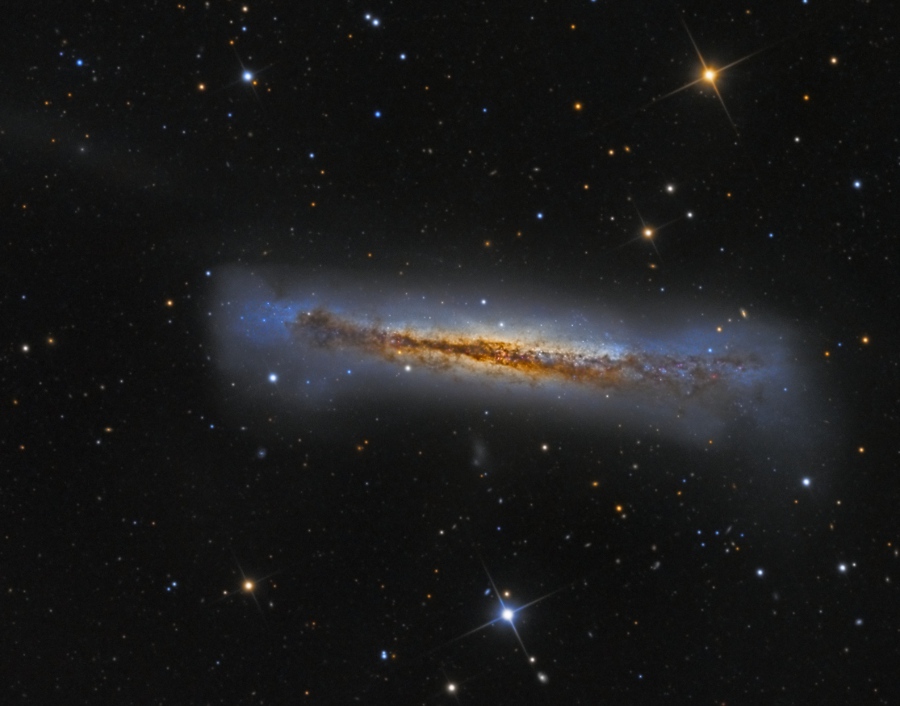
The Pelican Nebula is an emission nebula that spans 10 light years and forms the shape of a pelicans head. This closeup of the nebula was formed by compiling data from emmission spectra data from sulfur hydrogen and oxygen atoms to red green and blue. The dark regions are cold clouds of dust and gas whose shapes were formed by the radiation of young stars. The two jets erupting from the nebula are signs of proto stars forming in the nebula


